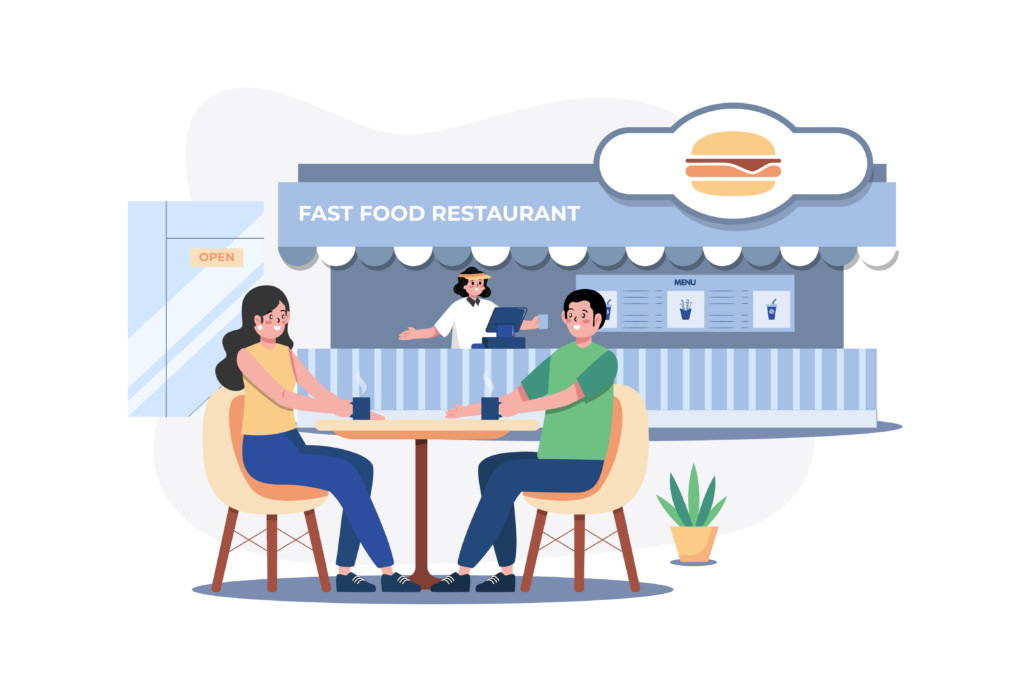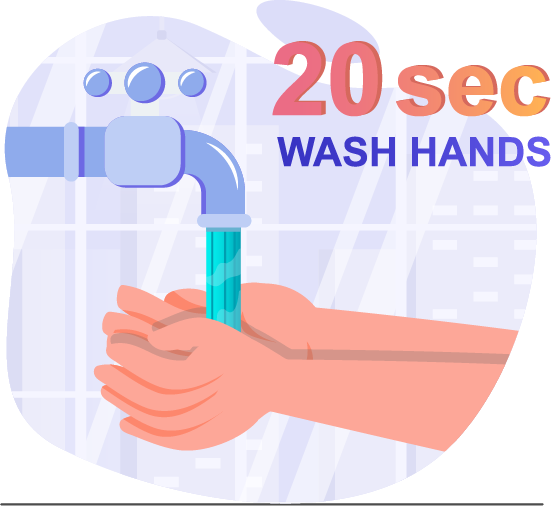All LCDHD Locations
After Hours Public Health Emergency Hotline
Employee Portal
Main Menu
A healthy today for a brighter tomorrow.
Home » Services » Environmental Services » Health and Safety Programs » Food Service Code
Kentucky’s Retail Food Code Has Changed: On July 1, 2019 Kentucky’s food code and regulations changed. The new version of the regulation adopts the standards outlined in the 2013 federal food code and puts Kentucky in line with national standards for retail food safety.
The Lake Cumberland District Health Department strongly urges business owners and food service managers to familiarize themselves with the new code and assure that they are in compliance. Information about the revisions to the regulation and a link to the full FDA 2013 model food code can be found below. All managers and operators are encouraged to review the information. Please contact your local county health inspector if you have questions about how these changes may affect your business.
Points of Interest in the Food Code

Date Marking
All ready-to-eat (RTE), time and temperature controlled for safety (TCS) foods that are prepared on-site (or from opened containers) and are held in refrigeration for more than 24 hours must be marked with the date or day by which the food shall be consumed, sold, or discarded.
IF on site preparation of food to be refrigerated more than 24 hrs, THEN hold at 41°F or less and consume or discard by Day 7.
IF food came from a commercial container, THEN hold at 41°F or less and consume or discard by Day 7.
IF food was removed from the freezer, THEN hold at 41°F or less and consume or discard by Day 7.
Note: Day #1 shall be counted as the day of preparation, removal from container or day & time at which frozen food was thawed.
Bare Hand Contact with Ready-to-Eat (RTE) Foods
In most cases, employees are prohibited from touching RTE foods with bare hands (except when washing fruits and vegetables) to prevent food contamination.
Bare hand contact can be avoided by using utensils (such as deli tissue, spatulas, tongs, or dispensing equipment) or food handler’s single-use gloves. Foods not in RTE form (such as raw meats prior to cooking) shall have minimized contact with food employees’ bare hands and arms.
Hot and Cold Holding
Cooling Times and Temperatures
Proper cooling time and temperatures of cooked potentially hazardous foods shall be cooled within:
A one step process may be used for potentially hazardous foods that are prepared from ingredients at ambient temperature, such as reconstituted foods and canned tuna. These foods shall be cooled within 4 hours to 41° F or less.
Employee Hand-Washing and Hygiene
The food code provides very specific requirements and guidelines for frequent and effective hand washing. Food employees shall keep their hands and exposed portions of their arms clean.
The code requires a sign or poster posted at all hand washing sinks used by food employees that notifies employees to wash their hands.
When to Wash:
Immediately before food prep, working with clean equipment and utensils and unwrapped single-service and single use articles; after using the toilet room; after coughing, sneezing or using a tissue; after eating, drinking or using tobacco; when switching between working with raw food and RTE food; before putting on gloves to engage in food prep; after handling soiled equipment or utensils; after caring for or handling service animals or aquatic animals; as often as necessary to remove soil and contamination to prevent cross contamination when changing tasks; or after engaging in other activities that contaminate the hands and arms.
Employee Hand-Washing and Hygiene

Employee Cleanliness:
Required Consumer Advisory
If an animal food such as beef, eggs, fish, lamb, milk, pork, poultry, or shellfish is served or sold raw, undercooked, or without otherwise being processed to eliminate pathogens, the permit holder shall inform consumers of the significantly increased risk of consuming such foods by way of a disclosure and reminder, using brochures, deli case or menu advisories, label statements, table tents, placards, or other effective written means.
Manager and Operator Food Safety Knowledge
Each facility shall have a certified food protection manager who is able to direct and control food preparation and service.
Additionally, the person in charge (PIC) of the establishment must demonstrate to the health department that they are knowledgeable about the prevention of food borne disease and food code requirements.
This knowledge can be demonstrated by:
The areas of knowledge are as follows:
Employees with Illness
Food employees (both permanent and temporary) shall report to the manager or owner information about their health and activities related to diseases that are transmissible through food.
Food employees should disclose to the person in charge (PIC) if they are experiencing:
Food employees shall report if they have been diagnosed by a health practitioner with an illness due to:
Norovirus, Hepatitis A, Shigella, Shiga toxin-producing E coli, Salmonella typhi., or Salmonella non-typhi, has been exposed to, or is the suspected source of a confirmed disease outbreak of: Norovirus within the past 48 hours of exposure, Shiga Toxin-Producing E coli or Shigella spp. within the past 3 days, Salmonella within the past 14 days or Hepatitis A within the past 30 days.
The manager or operator shall ensure that a food employee who exhibits or reports a symptom, or who reports a diagnosed illness or a history of exposure to any of the above diseases shall be excluded or restricted from work as specified under 2-201.12
Cross-Contamination of Food Contact Surfaces and Utensils
The code provides specific requirements for the procedures that must be followed for cleaning and sanitizing of food contact surfaces and utensils in the establishment.
Food shall be protected from cross-contamination by:
Highly Susceptible Populations
The food code provides additional restrictions and requirements for establishments that serve foods to highly susceptible populations defined as persons who are more likely than other people in the general population to experience food borne disease because they are:image
Immunocompromised; preschool age children, or older adults; and
Obtaining food at a facility that provides services such as custodial care, health care, or assisted living, such as a child or adult day care center, kidney dialysis center, hospital or nursing home, or nutritional or socialization services such as a senior center.
Time is a Public Health Control
Operators that do not serve highly susceptible populations and under certain circumstances with strict controls may elect to use time (rather than temperature alone) as a method to control the growth of pathogenic bacteria in TCS foods.
Written procedures and strong knowledge of food safety principles are required for this practice. Please refer to 3-501.19 of the Food Code for more details and contact your local inspector if you wish to use this type of practice.